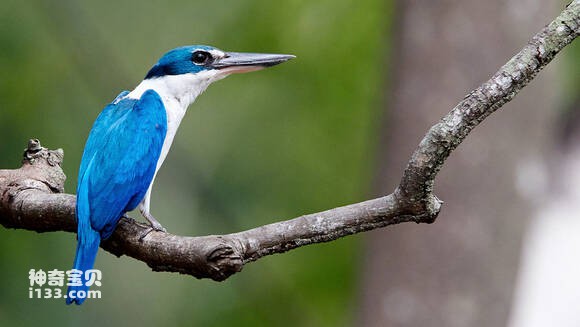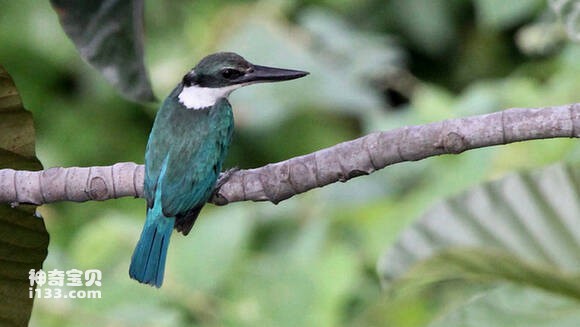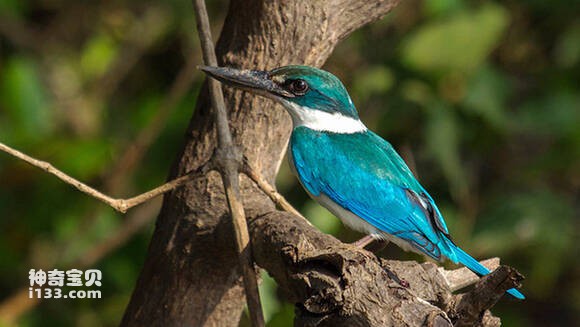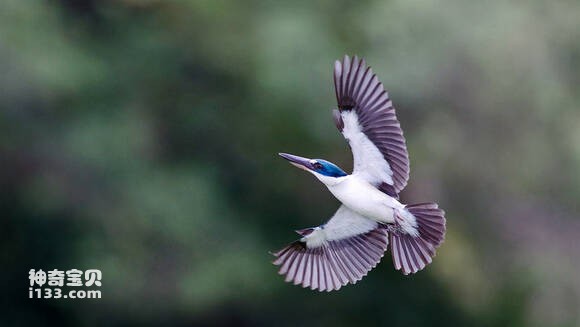Todirhamphus chloris
IUCN
LCBasic Information
Scientific classification
- name:Todirhamphus chloris
- Scientific Name:Todirhamphus chloris,Halcyon chloris chloris,Collared Kingfisher
- Outline:Climbing birds
- Family:
Vital signs
- length:About 24 cm
- Weight:No textual research information is available
- lifetime:No textual research information is available
Feature
Distribution and Habitat
Place of origin: American Samoa, Australia, Bangladesh, Brunei Darussalam, Cambodia, Eritrea, Fiji, India, Indonesia, Lao People's Democratic Republic, Malaysia, Federated States of Micronesia, Myanmar, Northern Mariana Islands, Oman, Palau, Papua New Guinea, Philippines, Saudi Arabia, Singapore, Solomon Islands, Thailand, Tondi Brunei, Tonga, United Arab Emirates, Vanuatu and Viet Nam.
Not sure: Sudan.
It is found mainly in coastal or near open areas and freshwater channels, reeds, mangroves, intertidal jungles, shrublands, coastal areas, orchards, and occasionally inland areas.
Appearance
White collar jade forehead, head, pillow, head side, blue green; Nostrils to eyes, along the eyes first above a white stripe; A little black feathers above the eyes and eyes, dark blue-green ear cover, a little black feathers above the ear cover; The back neck is white, and extends to the side of the neck to connect with the lower body white, forming a complete white neck ring. Back, waist, tail cover and tail and two wings surface blue. The tip and lid of the primary feathers are partly gray-black, the rest blue. Chin, throat, cheek and whole underbody are white, as are underwing coverts and axils.
When paired, the male bird looks bluer and the female greener. The upper jaw is black and the lower jaw is dirty white. The young bird's plumage is even duller. The black edge of the collar is wider, with small black flecks dotted across the chest.
The legs are short, the feet are weak, and the first three toes of the feet have different degrees of fusion; Wings short round; The
Details
The white collar emerald is known as Todirhamphus chloris, Halcyon chloris chloris, and Collared Kingfisher, with 50 subspecies.
White collar jade sex lonely, often alone activities, more live on the tree top dead branches. It mainly feeds on fish, crustaceans, aquatic insects and other animals, but also eats reptiles, amphibians and young birds. It was loud and rough, like "krerk,krerk,krerk,krerk."

The nesting methods and behaviors of white collar jade are very similar to those of ordinary kingfishers, nesting in tree holes or earth caves. Male and female birds take turns digging tunnel-type burrows with their mouths for nests, 6-7 cm high and 60-90 cm long in diameter. Straight and slightly inclined. These caves are generally bare of bedding. The eggs are laid directly on the nest ground. Spawning periods vary from region to region: from January to May and October in Tanzania, from July to March and September to October in Zimbabwe, from February to March in Zambia, and from June and August to October in South Africa. Three to five eggs are laid in each clutch, and the size of the eggs is 28-32 mm x 23-26 mm. The male and female incubate the eggs in turn. Young birds are late sex.

Listed in the International Union for Conservation of Nature Red List of Threatened Species (IUCN) for 2016 ver 3.1 - Not Threatened (LC).

Protect wild animals and eliminate wild meat.
Maintaining ecological balance is everyone's responsibility!








